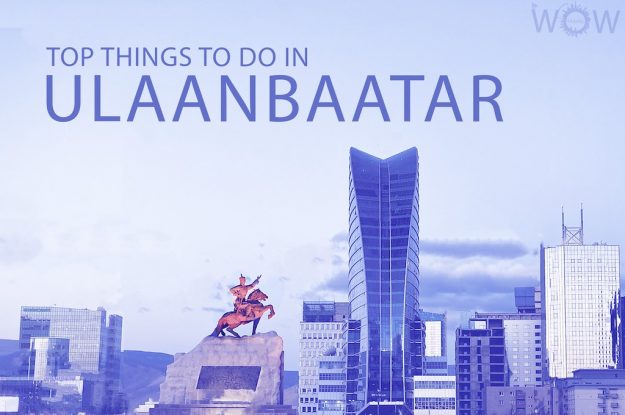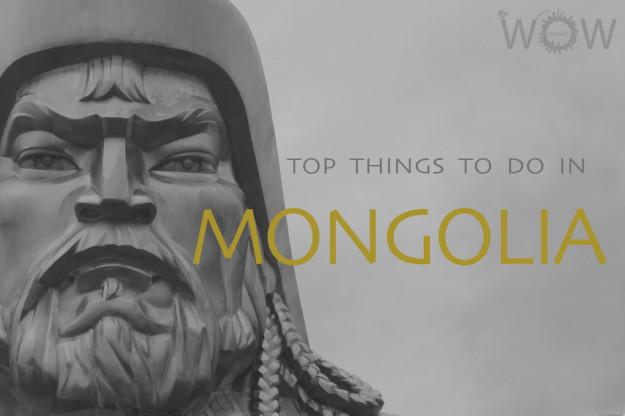Also sometimes referred to as the Far East, this region of Asia has been the cradle of various civilizations like ancient Japan, China, Korea, and the daunting Mongol Empire. The Chinese civilization had a large influence on its neighbors for thousands of years, shaping their cultures and future. However, by the late 19th century, Japan began to embrace many western ideals and gradually broke away from Chinese dominance to become East Asia’s largest economy. Japan soon acquired the status of being the regional powerhouse, but never one to back away from a challenge, by the mid-20th century China revamped itself to become one of the largest economies in the world. By the 21st century, it was back in the driver’s seat for the region.
The Eastern part of Asia is a region of great affluence with some of the most expensive cities in the world like Hong Kong, Seoul and Tokyo located in this region. East Asia is a region where old traditions are held onto very firmly while taking strides towards developing the most modern of cities; a region that will leave travelers at once astounded by its combination of breathtaking natural beauty juxtaposed with the best cities in the world.
Mongolia’s largest city, Ulaanbaatar, is rated as the coldest capital city in the world with temperatures plummeting to between -30 to -40 degrees Celcius in January. The city which was founded in 1693 was initially a yurt monastery located about 230kms from its current location. The ‘mobile town’ shifted continuously until between 1733 to 1778…
Mongolia lies in central Asia between Siberia and China, at an average of 1,500 meters (5,800 ft) above sea level. It is the least densely populated country on the planet, a vast country with endless grassland, evergreen trees and rugged mountains. However, 45% of the Mongolian population lives in the busy capital, Ulaanbaatar, where life is a lot…


